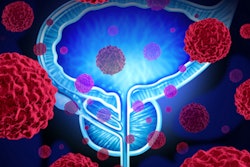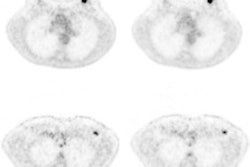Dear Molecular Imaging Insider,
Time is a valuable commodity in any radiology department or medical imaging facility. Working with PET/MRI, for example, can be complex and time-consuming. However, a German team has embraced the hybrid modality by adjusting protocols and imaging sequences to greatly reduce scan times and improve the patient experience.
For researchers at University Hospital Tübingen, their efforts resulted in double-digit decreases in average scan time for all patients, including children, who can be especially anxious during their procedures. More details are available in this Molecular Imaging Insider report.
Speaking of PET/MRI, a multinational group from Switzerland, the U.S., and Canada has found that using as little as 10% of FDG dose can still produce diagnostic-quality images to detect breast cancer. The key is a time-of-flight (TOF) technique with PET/MRI that can help create adequate image sharpness and noise, as well as contribute to lesion detectability.
Patient motion can reduce image quality in cardiac PET scans. To overcome this problem, U.K. and U.S. investigators have developed an automated retrospective reconstruction technique, known as the gross patient motion correction approach, for patients undergoing thoracic sodium fluoride (NaF) PET scans. Among their study results, several lesions initially classified as being negative for NaF uptake were upgraded to NaF-avid after the technique was applied.
Is it possible to perform a reliable and cost-effective biopsy in less than two minutes? Paris-based LLTech Imaging thinks so. The company has developed a noninvasive and nondestructive real-time optical imaging device for subcellular-level biological tissue imaging, which can reduce procedure time to less than 120 seconds.
Finally, be on the lookout in January 2019 for an updated edition of a clinical audit tool. The European Society of Radiology's booklet, Esperanto, was first published in 2017. The goal was to help European radiologists carry out clinical audits in accordance with the European Council Basic Safety & Standards (BSS) Directive (2013/59/Euratom). Article 58e of the BSS Directive makes clinical audits compulsory in the European Union to comply with national procedures.
All of us at AuntMinnieEurope.com would like to wish everyone a joyous holiday season and a very healthy and prosperous 2019. We look forward to providing you with the latest research and news from around the world in the Molecular Imaging Community.




















